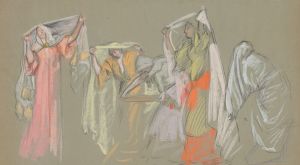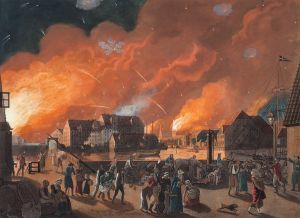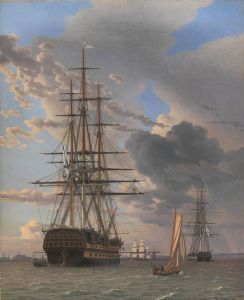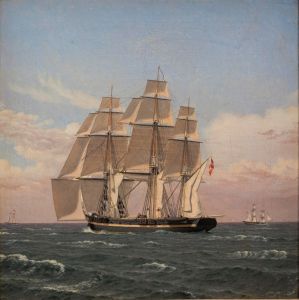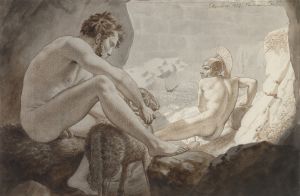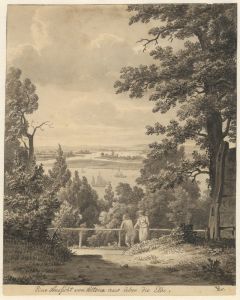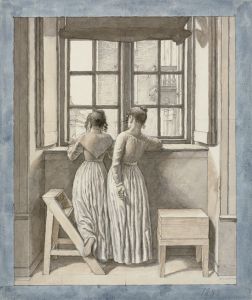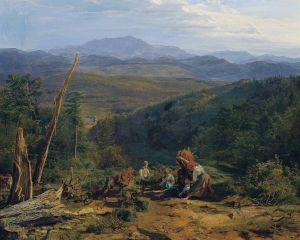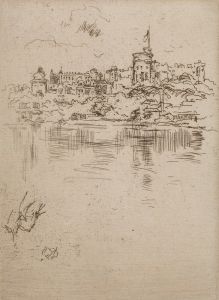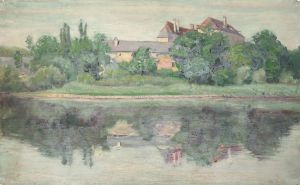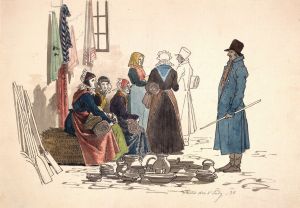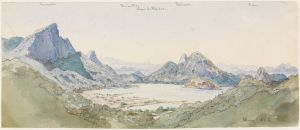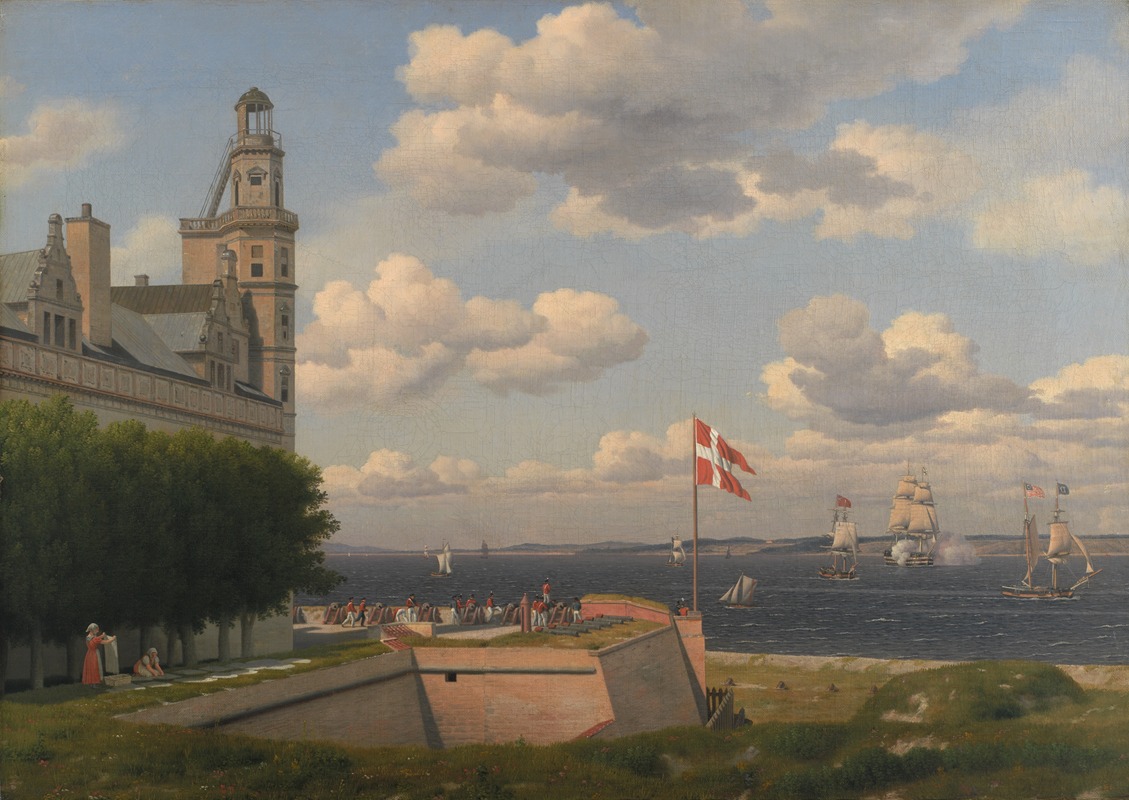
A View towards the Swedish Coast from the Ramparts of Kronborg Castle
A hand-painted replica of Christoffer Wilhelm Eckersberg’s masterpiece A View towards the Swedish Coast from the Ramparts of Kronborg Castle, meticulously crafted by professional artists to capture the true essence of the original. Each piece is created with museum-quality canvas and rare mineral pigments, carefully painted by experienced artists with delicate brushstrokes and rich, layered colors to perfectly recreate the texture of the original artwork. Unlike machine-printed reproductions, this hand-painted version brings the painting to life, infused with the artist’s emotions and skill in every stroke. Whether for personal collection or home decoration, it instantly elevates the artistic atmosphere of any space.
Christoffer Wilhelm Eckersberg, often referred to as the father of Danish painting, created the artwork "A View towards the Swedish Coast from the Ramparts of Kronborg Castle" in 1810. This painting is a notable example of Eckersberg's early work and reflects his keen interest in landscape painting, which was a significant genre during the Danish Golden Age of painting.
Eckersberg was born in 1783 in Blåkrog, Denmark, and he studied at the Royal Danish Academy of Fine Arts in Copenhagen. He later traveled to Paris and Rome, where he was influenced by the neoclassical style and the works of prominent artists such as Jacques-Louis David. Upon returning to Denmark, Eckersberg became a professor at the Royal Danish Academy and played a crucial role in shaping the next generation of Danish artists.
The painting "A View towards the Swedish Coast from the Ramparts of Kronborg Castle" captures a serene and expansive view from Kronborg Castle, which is located in Helsingør, Denmark. Kronborg Castle is famously known as the setting for William Shakespeare's play "Hamlet," and it holds a significant place in Danish history and culture. The castle is strategically positioned at the narrowest point of the Øresund Strait, which separates Denmark from Sweden, providing a clear view of the Swedish coast.
In this artwork, Eckersberg skillfully depicts the landscape with meticulous attention to detail and a balanced composition. The painting showcases the castle's ramparts in the foreground, leading the viewer's eye towards the distant Swedish coastline. The use of light and shadow in the painting highlights Eckersberg's mastery of capturing natural light, a skill he honed during his studies and travels.
Eckersberg's work is characterized by its clarity, precision, and harmonious use of color, all of which are evident in this painting. The artist's ability to convey the tranquil beauty of the Danish landscape is a testament to his dedication to realism and his influence from the neoclassical movement. His paintings often reflect a deep appreciation for nature and architecture, and this piece is no exception.
The painting not only serves as a visual representation of the geographical proximity between Denmark and Sweden but also as a historical document of the early 19th century. It provides insight into the landscape and architectural features of the time, offering viewers a glimpse into the past.
Eckersberg's contributions to Danish art extend beyond his own works; his teachings and influence helped establish a foundation for future Danish artists. His emphasis on studying nature and the importance of direct observation became central tenets of the Danish Golden Age of painting.
Today, Christoffer Wilhelm Eckersberg is celebrated for his role in advancing Danish art and for his exquisite landscapes and portraits. "A View towards the Swedish Coast from the Ramparts of Kronborg Castle" remains an important piece within his oeuvre, exemplifying his artistic vision and technical prowess. The painting is a cherished part of Denmark's cultural heritage, reflecting both the natural beauty and historical significance of the region.





